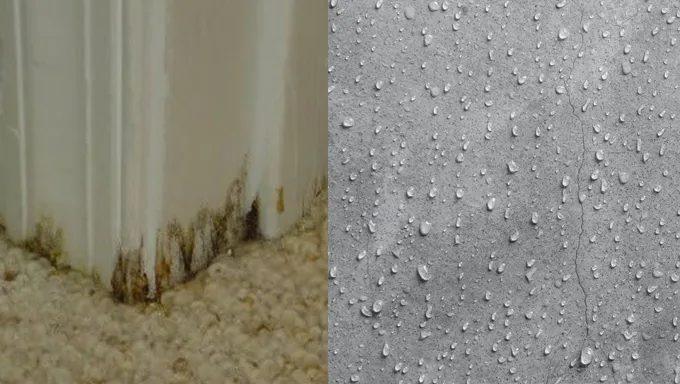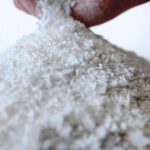Concrete Sweating: Phenomenon- Causes and Prevention
Phenomenon:
Concrete perspiration is a phenomenon characterized by the collection of moisture on the surface of the material. This is not due to a leak or discharge, but rather the concrete’s inherent properties. The concrete’s surface appears to be “sweating,” thus the term.
Causes:
condensation is the primary cause of concrete perspiration. As with any other material, concrete can absorb and retain heat. When the concrete is cooler than the ambient air, the moisture in the air will condense on its surface, giving the impression that it is perspiring.
This is more likely to occur in regions with extreme humidity or temperature fluctuations. On a sweltering day, for instance, the concrete floor of a warehouse may perspire as warm, humid air contacts the cooler concrete floor.
Another cause of concrete perspiration is the efflorescence process. This occurs when ions are brought to the surface by the movement of water through the concrete. When water dissipates, a white, powdery substance is left behind.
Prevention:
Several methods exist to prevent concrete from sweating:
Environment control:Controlling the surrounding environment is one of the most effective methods to prevent concrete sweating. This may involve using dehumidifiers to reduce the amount of moisture in the air or warmers to increase the concrete’s temperature.
Use of sealers:The application of a sealant to the concrete can also prevent perspiration. The sealant prevents moisture from condensing on the surface of the concrete by acting as a barrier.
Proper ventilation:Ensuring adequate ventilation can help to regulate the temperature and humidity levels in a space, thereby minimizing the likelihood of condensation.
Insulation: Insulating concrete can help maintain a constant temperature, thereby reducing the likelihood of condensation.
Utilization of Vapor Barriers: By installing a vapor barrier beneath the concrete, the likelihood of efflorescence can be reduced.
Before deciding on the most effective method of prevention, it is vital to correctly identify the cause of the weeping concrete. If efflorescence is the cause, for instance, a sealant may not be effective and may even exacerbate the issue. Always consult a professional if you have any doubts.
Disclaimer: This content is provided solely for your review. Erusu Consultants takes no liability for this article. The reader is advised to form their own opinion. Please consult a Structural Engineer before making any final decisions.






